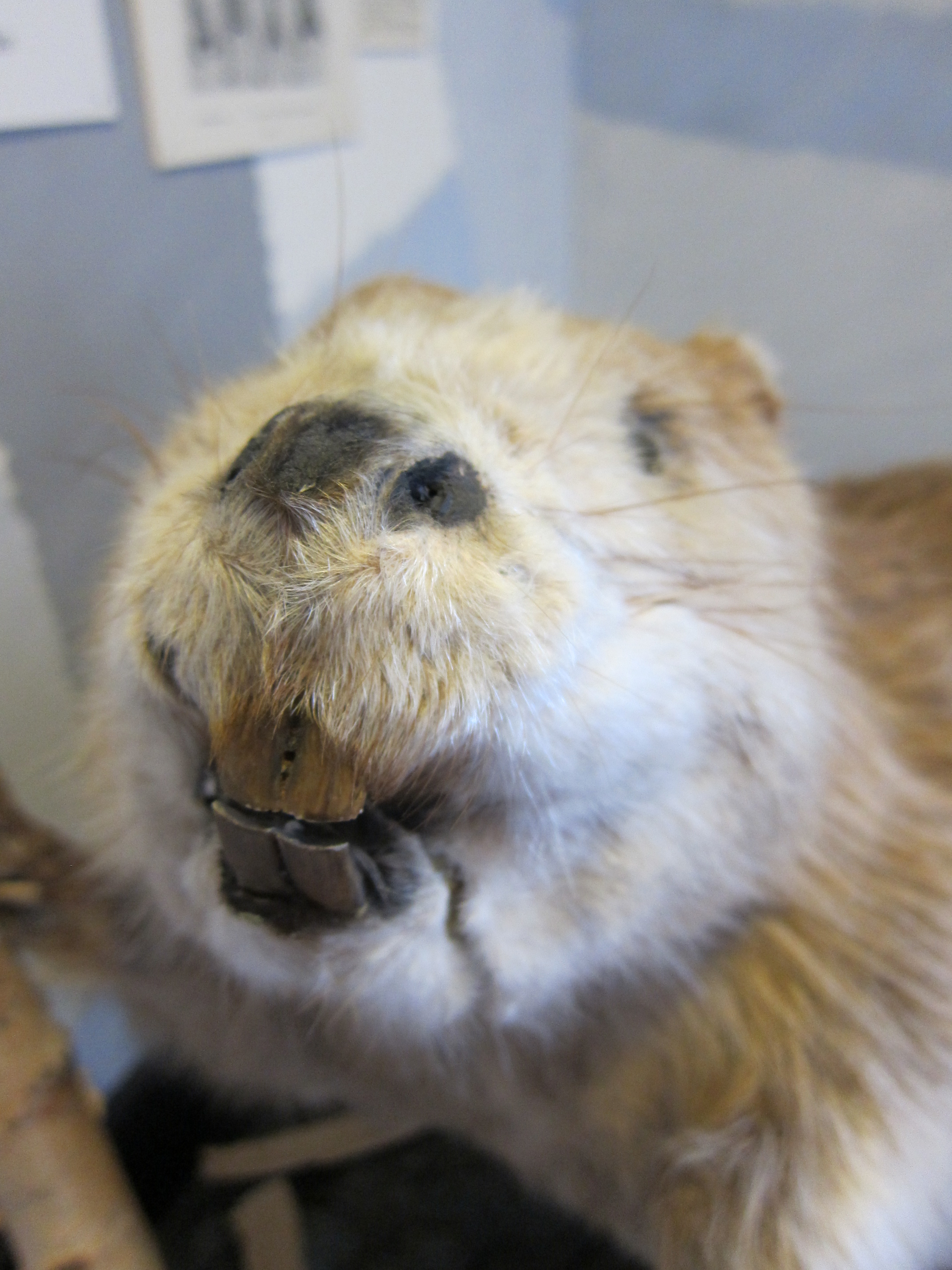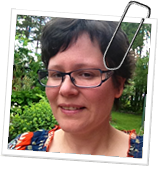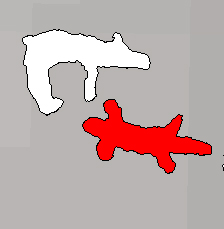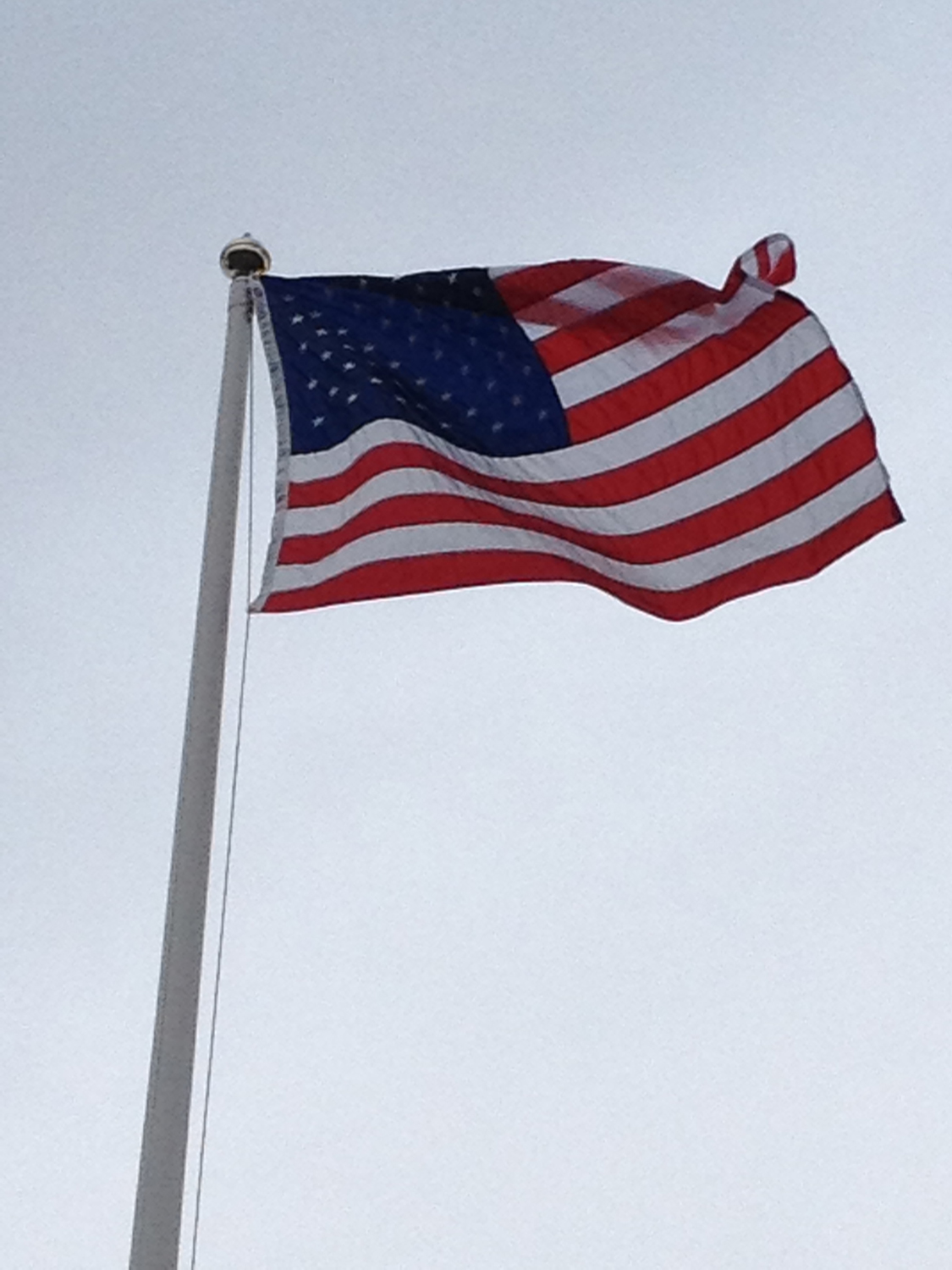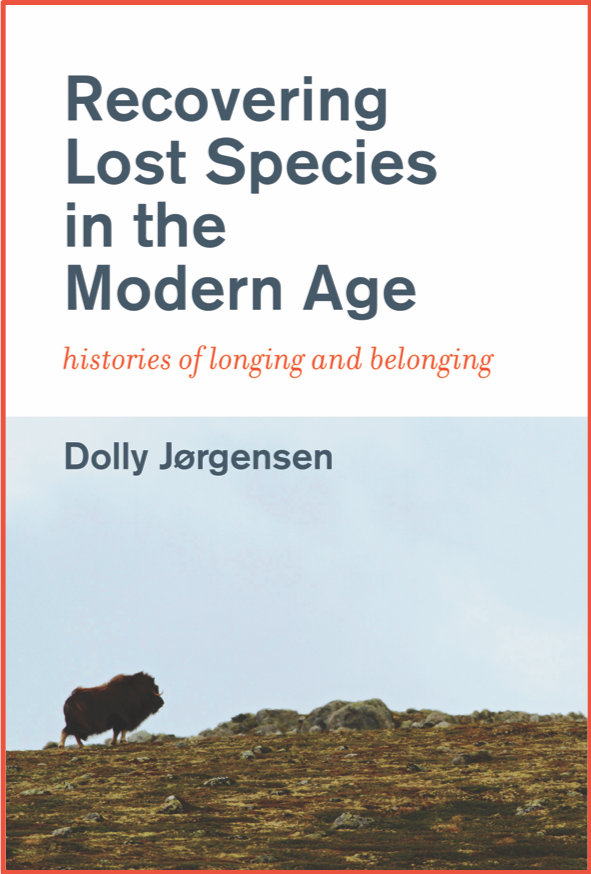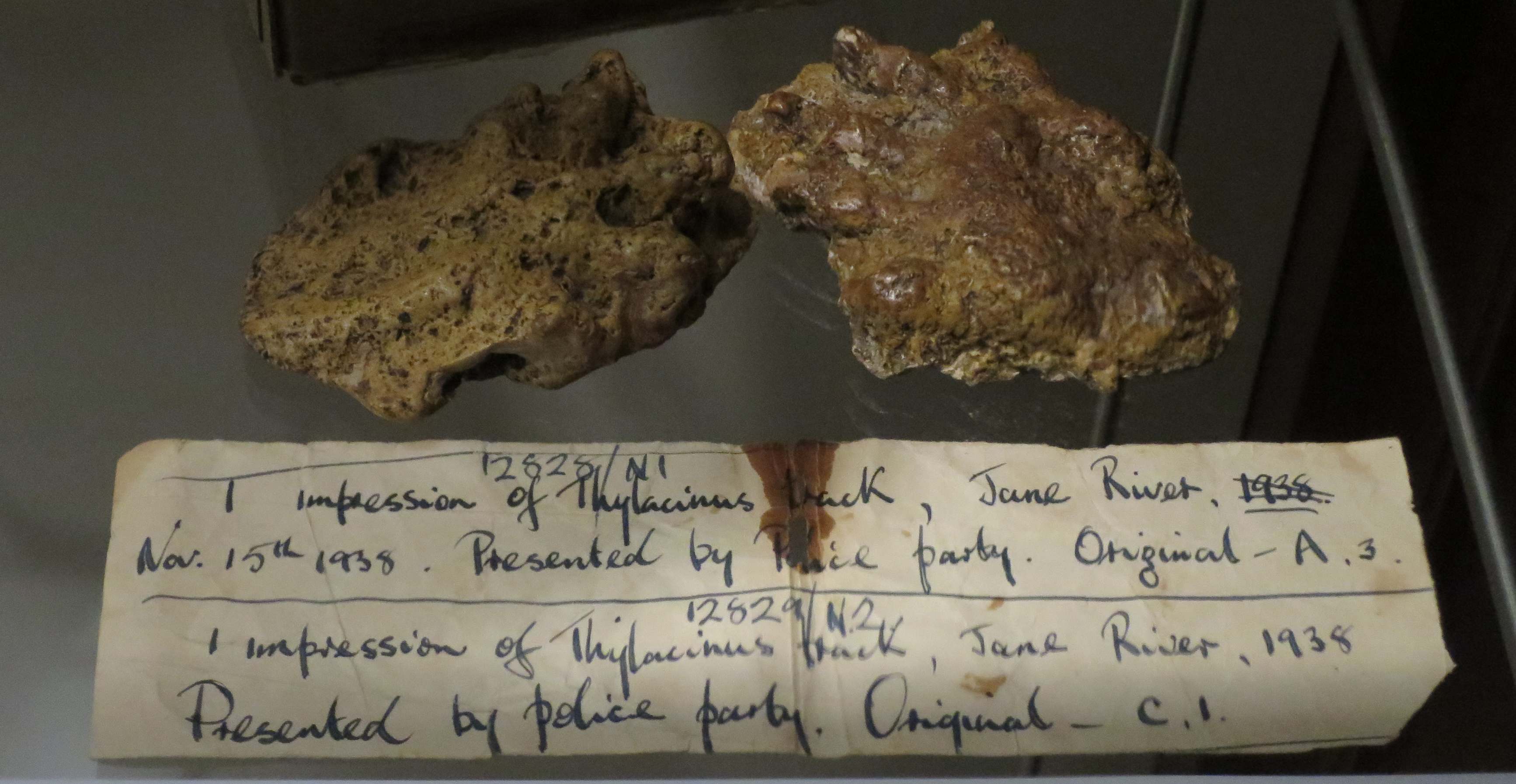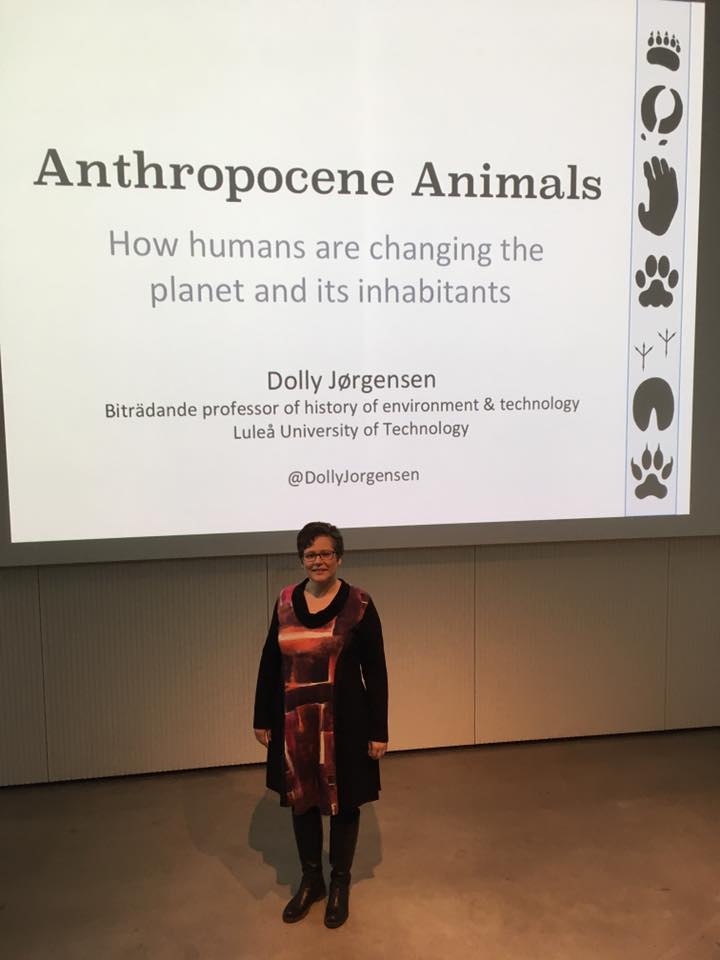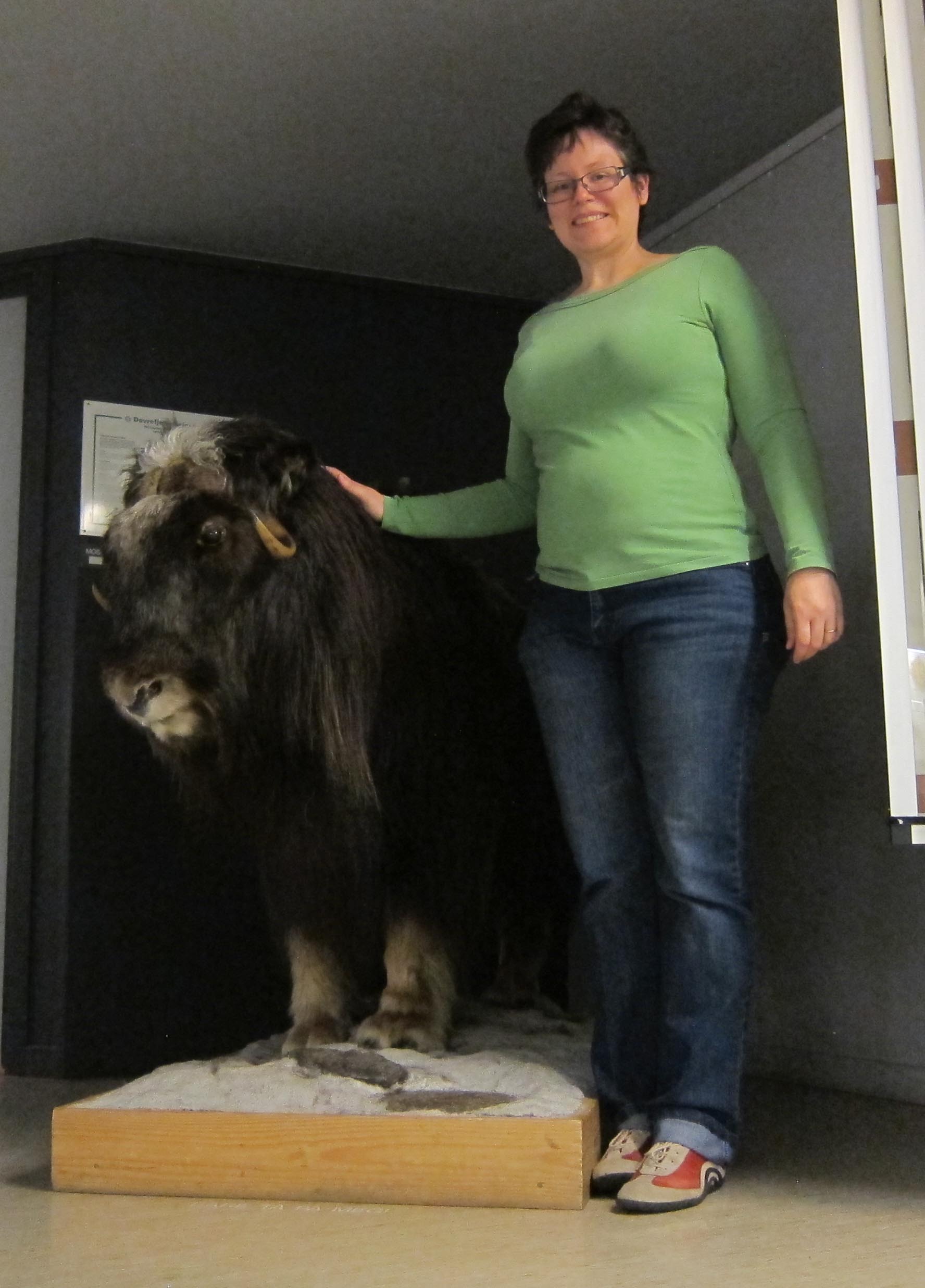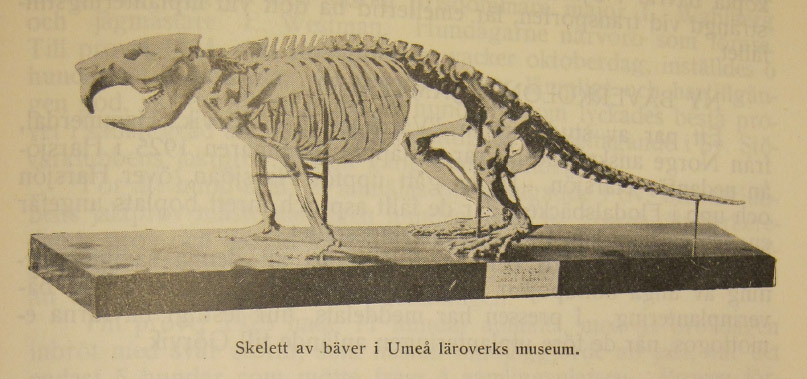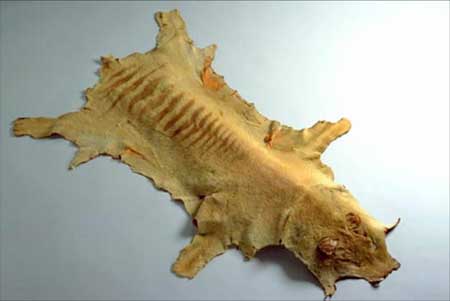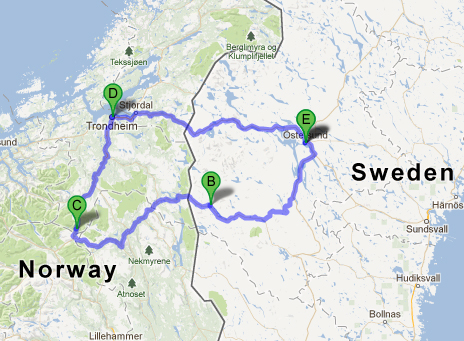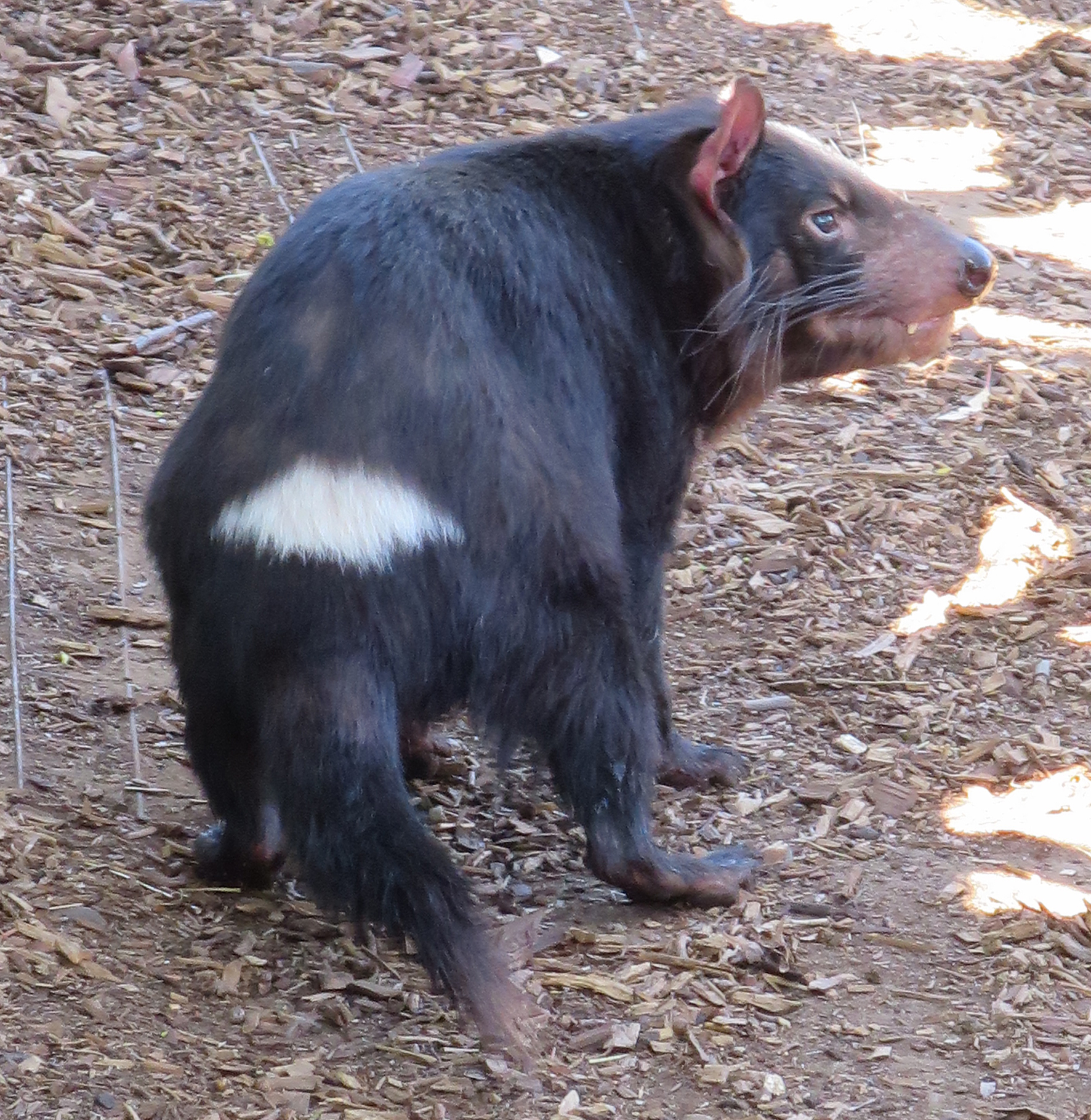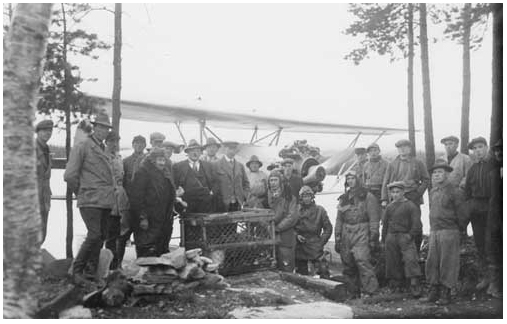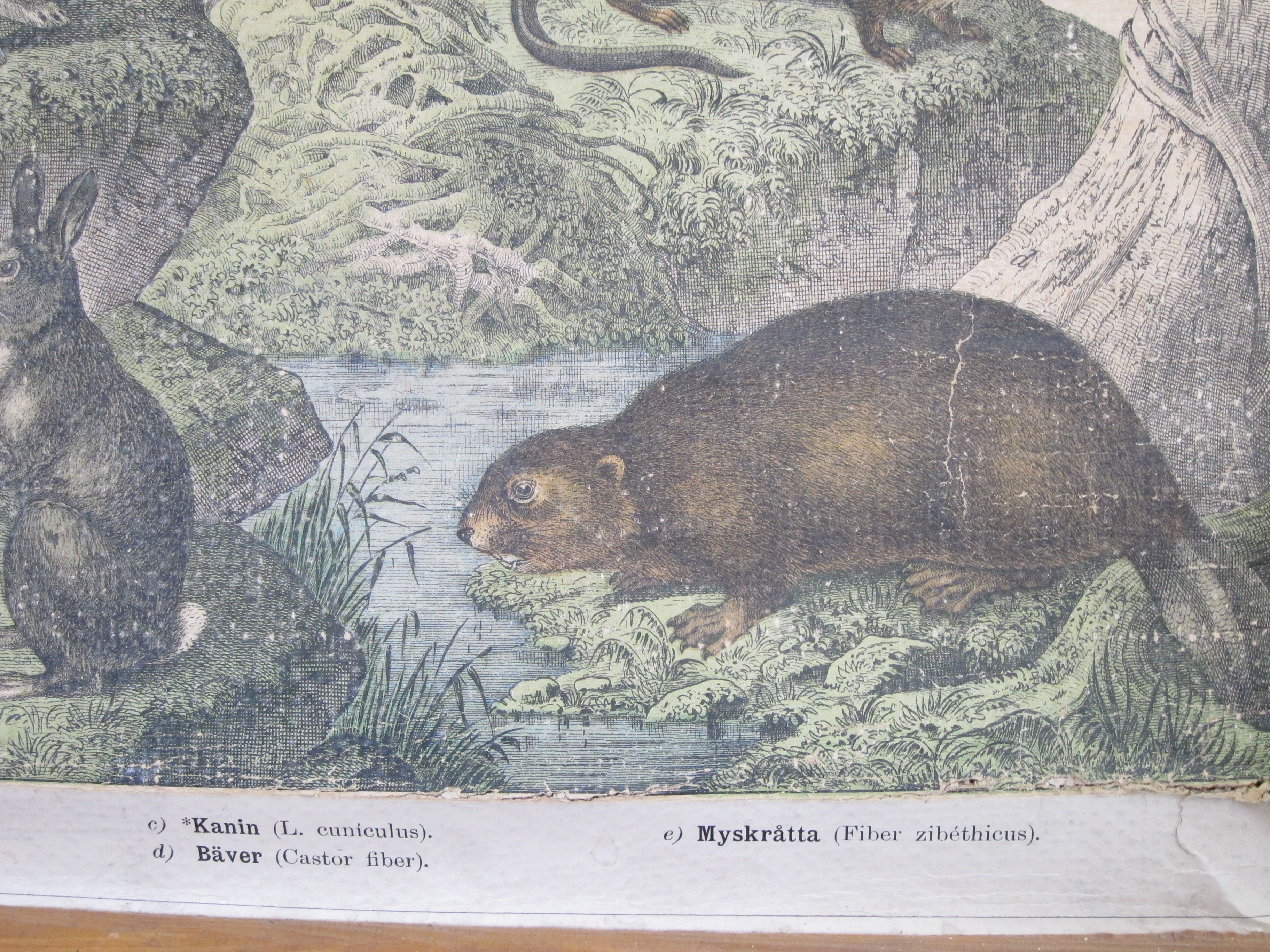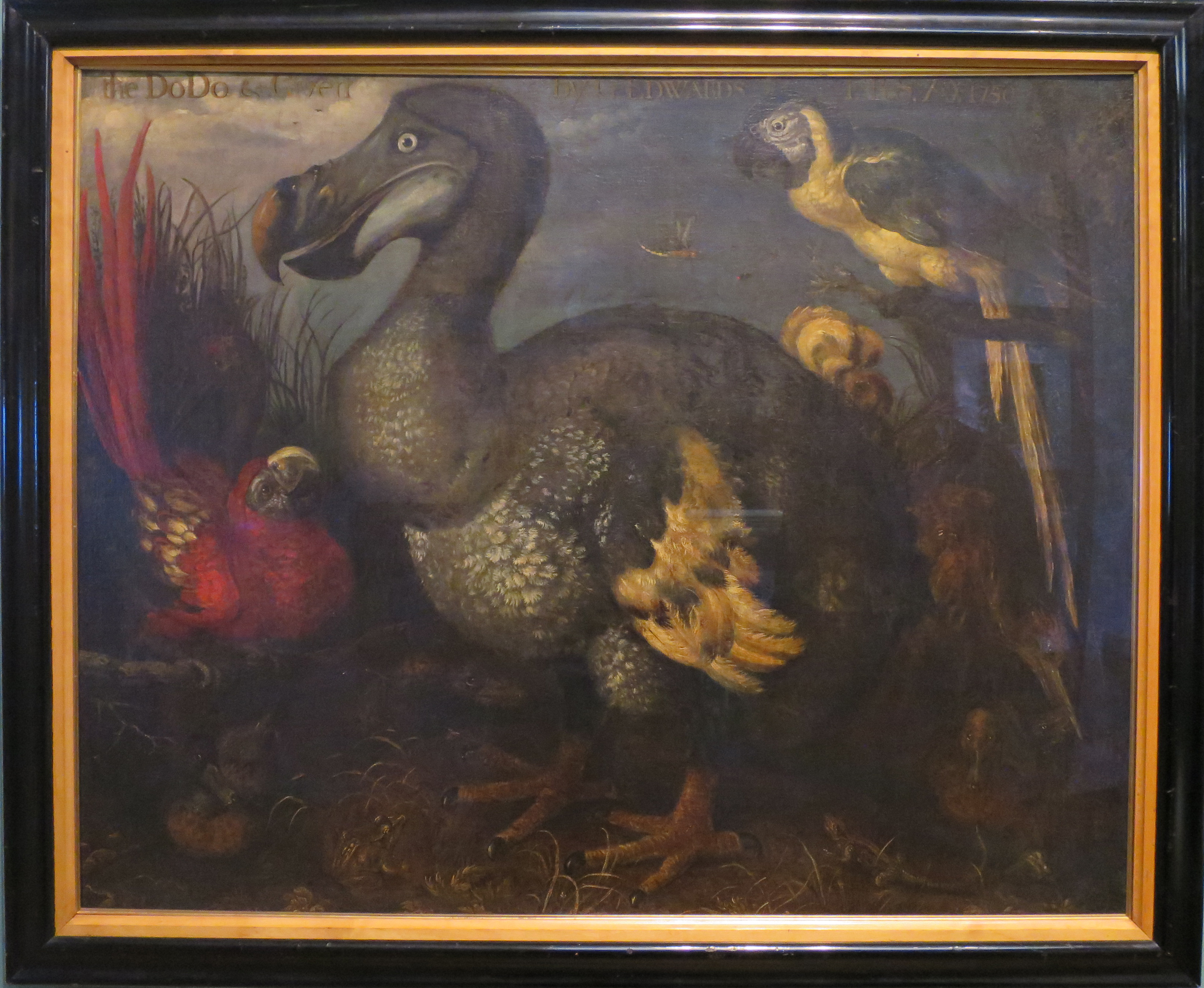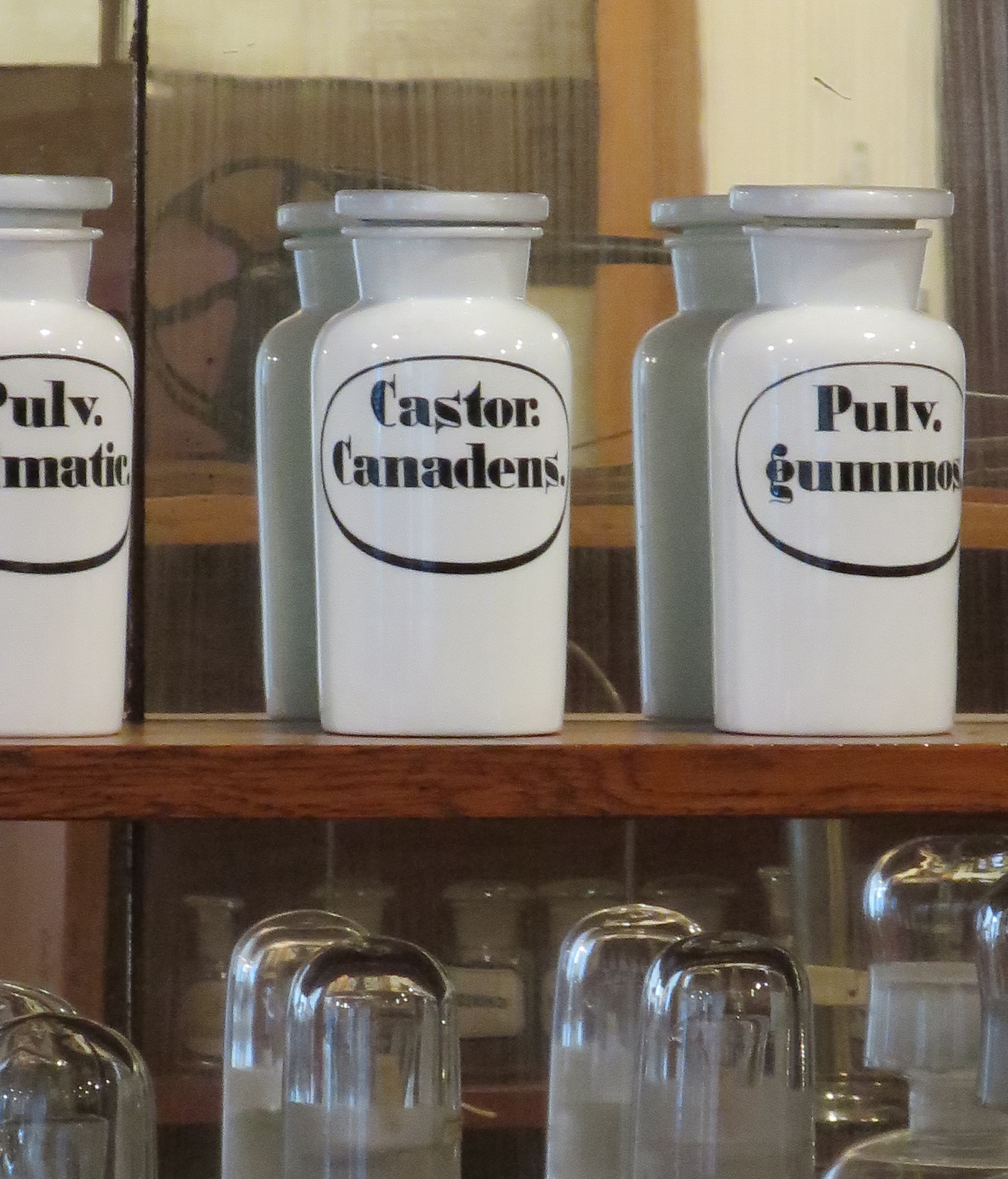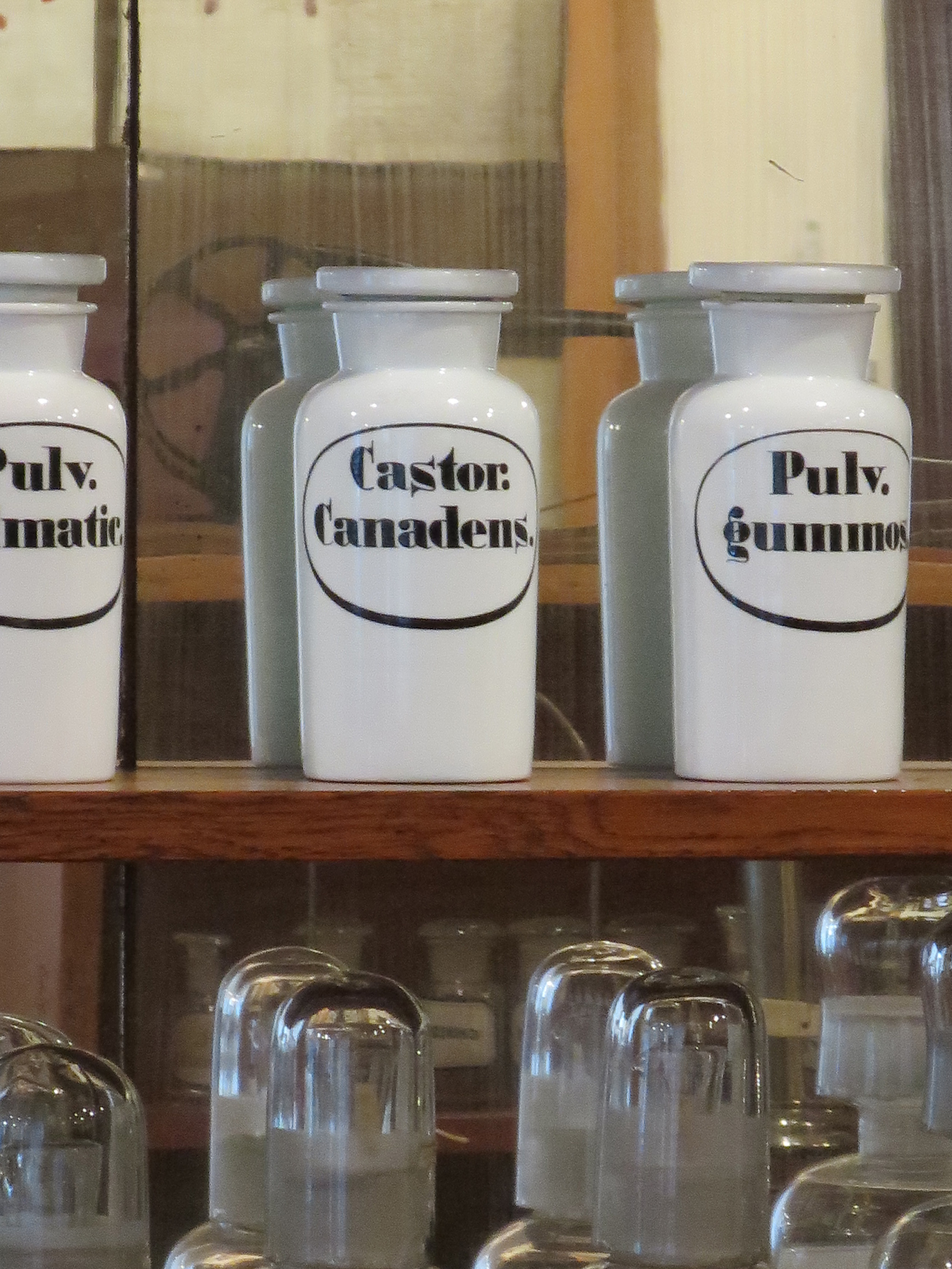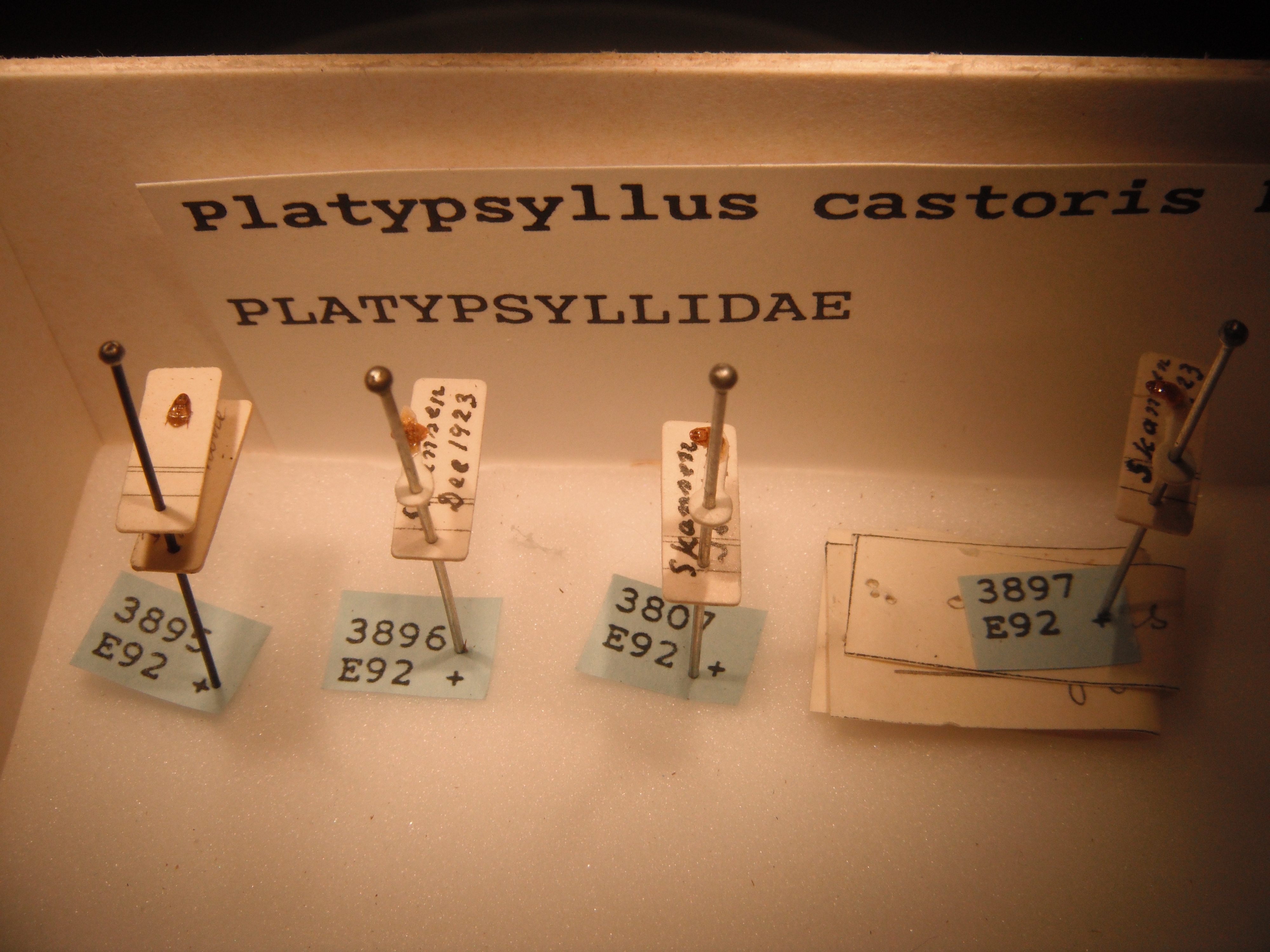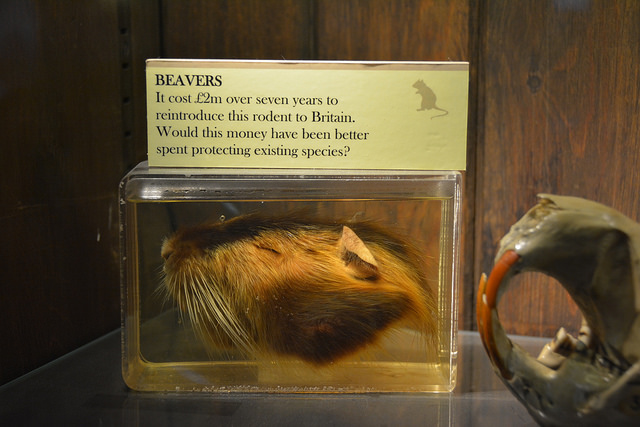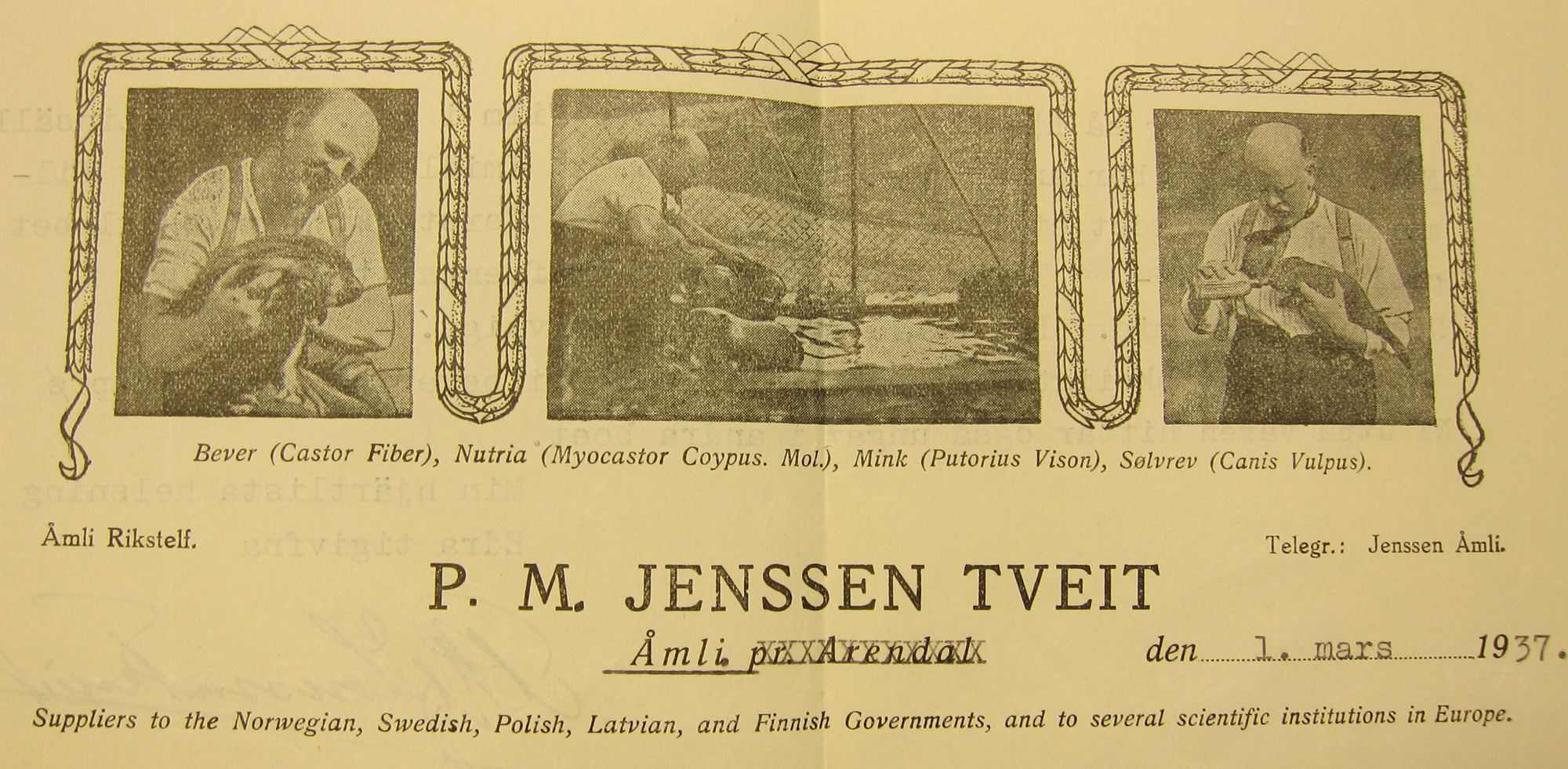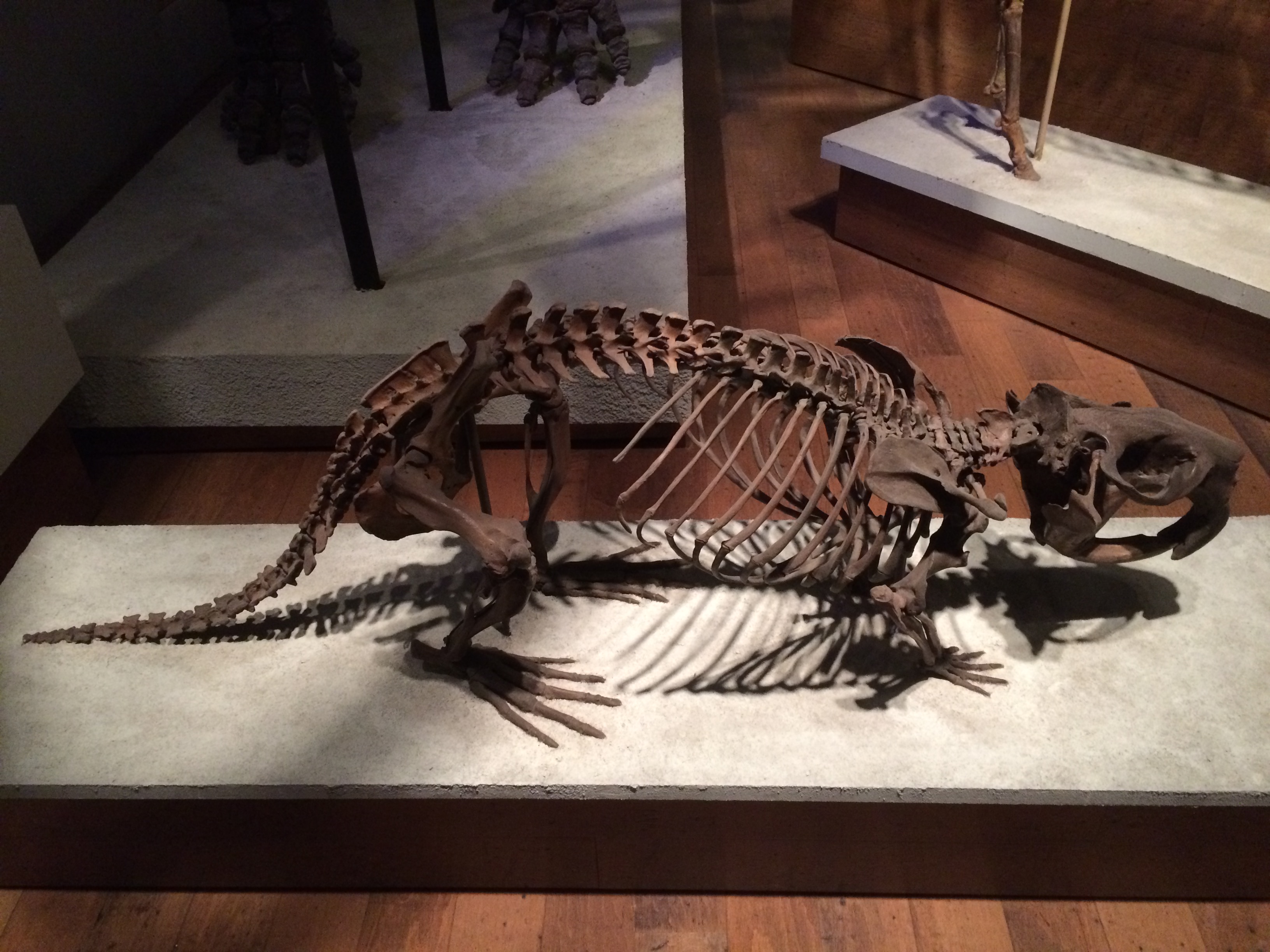museum
-
The Beaver’s Journey: From Disappearance to Recovery
This year will be a special year for my beaver reintroduction research. 2021 marks the 100-year anniversary of the first time beavers were caught in Norway to be set out in Sweden where they had become extinct. The first component to launch in celebration of the anniversary is a new major digital exhibition on the history of Scandinavian beavers based on my research. The digital exhibition titled The Beaver’s Journey: From Disappearance to Recovery chronicles the history of the reintroduction of beavers in Scandinavia in the early 1900s. I’m proud to say that The Beaver’s Journey is the first exhibition curated by a Norwegian-based project team on the Europeana cultural heritage platform. The exhibition…
-
Beaver history on TV
I appeared on the NRK live broadcast television program Sommeråpent on 8 August 2017. The broadcast was at Nelaug train station in Åmli kommune. I’ve has worked on the history of beavers in Norway and Sweden and Åmli holds a special place in that history because all beavers in Scandinavia originate from there. I had the chance on the program to introduce this history, as well as the historical use of beaver products. While I was waiting for the filming to begin, I got to sit with the taxidermied beaver on a picnic bench. I had lots of kids stop by so I got to give mini-talks about beavers and…
-
Endling, a new word for new times
I have published an article “Endling, the power of the last in an extinction-prone world” in the journal Environmental Philosophy. In the article I put together the history of a word (and the history of the idea) to represent the last individual of a species. This word, endling, has an exciting 20-year history. It began with a proposal in a short letter to the journal Nature in 1996 to coin a word to represent the last in a line. It was then picked up by the curators of the planned National Museum of Australia (NMA) that opened its doors in 2001 as part of a memorial to extinction, with a special focus on the thylacine. This…
-
Anthropocene Animals
There has been a wide acceptance among scholars that we are living in a new age. This has been labeled to encapsulate the human (anthropos) nature of the age as the Anthropocene (although other names such as Capitalocene have been proposed as well). While originally proposed as a geologic era with special relevance for the geologic and atmospheric sciences, it has been picked up throughout the natural and human sciences, including history, as a way of talking about a human-dominated planet. When I was asked to give a public lecture in conjunction with a new art exhibit “Perpetual Uncertainty: Contemporary Art in the Nuclear Anthropocene” at the contemporary art museum Bildmuseet in Umeå, Sweden,…
-
Belonging to country
What does it mean to belong? When something belongs to someone, it means that person has ownership or title to it. When something belongs to a place, it means that it is accepted there, often making its home there. But I’ve come to think belonging is much more than that after two weeks down under.
-
From tiger to devil
The island of Tasmania, Australia, was the final home of the large carnivorous marsupial thylacine, also known as the Tasmanian tiger because of its stripes. The last known thylacine died in September 1936 in a private zoo in Hobart, Tasmania. Because I’ve been interested in extinction and extinction stories, I visited Hobart earlier this week to see the home of the thylacine.
-
Dead as a dodo
In all likelihood you’ve heard the phrase ‘dead as a dodo’. The phrase probably has Victorian origins and built upon the existing older saying ‘dead as a doornail’ according to an article by Turvey and Cheke in Historical Biology. The earliest record of the phrase listed now in the Oxford English Dictionary is 1904 and the phrase grew in popularity beginning in the 1940s, if you believe the Google n-gram chart.
-
Explorers and muskoxen
I visited the American Museum of Natural History in New York yesterday. They have an excellent series of dioramas in the Hall of North American Mammals, which were originally opened in 1943 and elegantly restored in 2011-12. One of the dioramas features muskoxen from Ellesmere Island, the third largest island in Canada. The pair were killed by Robert Peary’s Arctic expedition in 1898. This was the first of Robert Perry’s series of expeditions attempting to reach the North Pole (1898-1902, 1905-6, 1908-9) — he claimed to have finally gotten there on the last of those expeditions. The diorama is framed in terms of Arctic exploration. The sign places the scene at ‘The…
-
The tale of two castors
When two things get the same name, it is easy to get them confused. This has happened with two medicines with similar names that have cropped up in my research: castoreum and castor oil. As I mentioned in my last post, the Elvarheim museum in Åmli, Norway, recently opened a new beaver exhibit. I was quite impressed with the set-up. I did, however, notice an error in the display case of beaver products. The case included a beaver felt hat and the beaver gall liquor I’ve tried, both of which are made from beaver parts. It also had a shelf of medicine that was supposed to be from beaver, but the bottles on display…
-
A historian walks through the beaver’s homeland
In historical work, we are called on to imagine ourselves in another time and another place. We try to see the world as the people (or animals) in our stories would have seen it. That’s not always an easy task. But because I was lucky enough to spend the last two days in southern Norway in the homeland of the Scandinavian beaver, it’s now a little easier for me as I write the beaver reintroduction story. Yesterday I walked around the property at Næs Ironworks, which is now a museum featuring the double blast furnace, water-powered hammering shop, and templates for cast iron stoves. It was a lovely clear day for…

